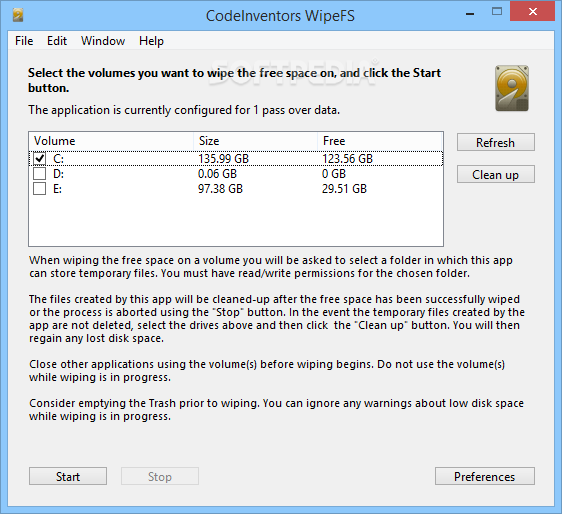

Here is a quick overview of the steps:įor each mounted disk, ( /cmdb, /svn, /querydata), complete the following steps: If you have to perform these on an existing installation of FortiSIEM, then you must have additional disks of the same capacity to encrypt and copy the data to it. This avoids the need for additional disks.

It is best to perform these steps on a fresh installation prior to initializing the product with configFSM.sh. To verify if the package is installed, run the following command: Note 3: The cryptsetup command is not included in FortiSIEM. The less secure alternative is to use keys that are not protected by a passphrase and stored in a file on the root partition. If you want strong security, then you must protect encryption keys with a passphrase and that requires a human to type them and mount the “opened” disks.

Note 2: Disk encryption key management is an operational challenge. The root disk contains binaries and some internal system and application logs, not data. Note 1: We do not recommend encrypting the root disk as it presents an operational challenge during boot up to provide a passphrase. If you are using NFS or Elastic storage, you must perform additional steps for the actual data directories on these servers in addition to the supervisor ( /cmdb, /svn).
#Wipefs example how to
The steps here show how to encrypt /cmdb, /svn, and /data disks on a FortiSIEM Hardware 3500F supervisor node with local disk for EventDB ( /data). Try booting up Zos now and check that all disks are properly recognized.Disk Encryption of Data on FortiSIEM Hardware Supervisor | FortiSIEM 6.6.0 | Fortinet Documentation Libraryĭisk Encryption of Data on FortiSIEM Supervisor Only the USB stick should have a Disklabel entry, every other disk should not. To check for success, you can run fdisk -l again. If you have any fdisk entries that look like /dev/nvme, you’ll need to do this too: for i in /dev/nvme* do wipefs -a $i doneįor each disk where there was something to be wiped, you’ll see a few messages that some bytes were erased at some location. To clear all disks, run this command: for i in /dev/sd* do wipefs -a $i done If that’s the case, change the command below to wipefs -af to force wiping even mounted disks, including the USB stick. On some distributions besides grml, you might also notice other disks listed in this output, which means they were auto mounted. You’ll see an error that this device is busy, which is fine since we don’t need to wipe the USB stick. Look for the entry matching the size of your USB stick. You can identify which disk is the USB hosting the live Linux with: df -h Take note of whether you see nvme in any of the outputs. To see what disks are connected, run (that’s an “l” for “lion”): fdisk -l You can run this command first to switch to the root account: sudo su root If you see a $ sign rather than a # on the terminal, you’re not root. Grml gives you a root command prompt by default, but other distros may not. Most of the commands below need to be run as root. Following this guide will clear everything from the disks in the system. Please use extreme caution with the commands below to avoid unintended data loss. Then plug the USB stick into the 3Node and select it as the boot device.
#Wipefs example iso
However, some farmers report that grml won’t boot on their system.Īfter you download the live Linux iso file, burn it to a USB stick using a tool like dd or balenaEtcher. I like grml because it’s small version is only 400mb, whereas Ubuntu Server is 1.4gb. You can use a minimal live Linux distribution like grml or Ubuntu Server to boot the system to a command prompt and enter the commands below.

The Linux shell commands may work on MacOS too-if you try it please let me know. I’ll explain a method that uses a live Linux distro for the job, and also link to a guide for accomplishing this within Windows. A note if you’re having trouble getting your disks recognized by Zos: some farmers have had success enabling AHCI mode for SATA in their BIOSĬlearing disks is necessary in order for Zero OS to make use of them.


 0 kommentar(er)
0 kommentar(er)
